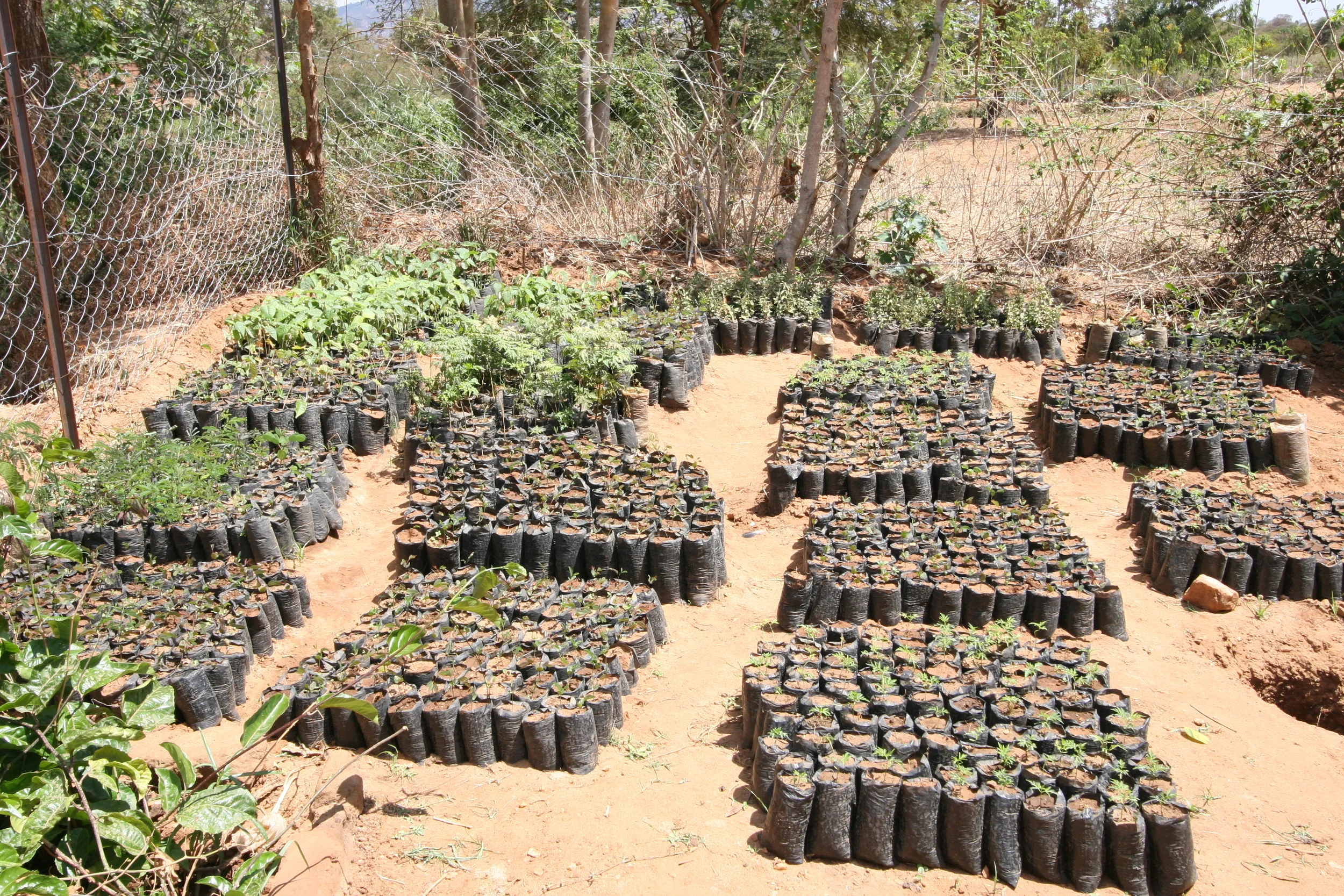How a network grew Kilisa village
Kilisa village, south of Nairobi, sits next to a dry river bed. As the climate changes and Mount Kenya receives less snow, the village receives less run-off. As the ground grew parched and their cattle began to show their ribs, the people of Kilisa realized they needed to do something if their village was to survive.
The river would become full and rushing during storms, then recede back to just sand after the storm had left. To capture water as it passed by, they built a sub-surface dam. The top of a sub-surface dam is just a foot or two above the sand surface of the riverbed. But it reaches down to the bedrock about ten feet below. To make the dam, the villagers carried it out of the riverbed in sacks thrown over their backs. When the cement dam wall was built, they put the sand back.
During storms now, as the river water rises, it flows over the top of the dam. But it also seeps into the sand and is caught behind the dam. Because the water is under sand, it doesn’t evaporate after the surface water recedes. With a little digging by hand, one runs into water quickly. The village build a system to syphon out that underground water and pump up the bank into a storage tank. And here is where the fun begins.
With irrigation every family in Kilisa can use their land productively throughout the year. For an area that suffers from long dry spells, this is welcome news. In one of their pilot projects, farmers are given greenhouses which they pay for in installments from sales of their produce.
The stored water is more than the villagers need. So they are using it to generate income. They use some of it to water a mango nursery. Their long-term plan is to develop a fruit processing plant. Having their own nursery and plant would eliminate marketing middle-men, increasing their profits, and creating jobs for the local villagers.
Joseph Sekiku, the founder of FADECO, another Africa Rising organization, took them a step closer to this dream. He said he could increase Kilisa’s market by showing them how to dry mango fruit and sell it in the off-season. A few people from Kilisa visited Tanzania to learn the techniques from Joseph.
Others have also taken note of Kilisa’s successes. Nearby villages have visited them to learn how to build sub-surface dams. Another Africa Rising organization, ALARM, brought members of a Masai village to see the dam. The people of Kilisa are of the Kamba tribe. The Masai and Kambas have been historic enemies. But in this visit the two were nearly literally turning swords into plowshares as the people of Kilisa taught the Masai about capturing water to use for agriculture and livestock.
The possible benefits from, and ripple effects of organizations learning from each other are endless. Often what they will choose to do together after talking cannot be predicted, but it is always inspiring.
